Introduction: The Age of Artificial Intelligence and Creative Content
Over the past few years, generative artificial intelligence (AI) has made tremendous advancements, empowering machines to create art, music, literature, and even software code. Tools like OpenAI’s GPT models, DALL·E, and others have demonstrated the potential of AI to generate human-like content, pushing the boundaries of creativity and productivity.
This rise of AI-driven creativity presents a significant challenge for traditional notions of intellectual property, particularly when it comes to copyright ownership. Copyright law, which has long been designed to protect the rights of human creators, now faces new complexities in determining who holds the rights to content produced by AI. Can an AI system, which operates based on data and algorithms, truly “own” its creations? Or does ownership lie with the developers, users, or perhaps the AI itself?
This article explores the question of who should own the copyright to content generated by generative AI, delving into the legal, ethical, and technological aspects of AI-created works.
The Role of AI in the Creative Process
Generative AI refers to a category of AI technologies capable of creating new, original content based on learned patterns from vast datasets. Unlike earlier forms of AI that only replicated or classified data, generative AI can produce entirely new outputs — from text and art to music and videos.
Examples of generative AI include:
- Text Generation: AI tools like GPT-3 (and its iterations) can write essays, articles, poems, and even code, producing content that mimics human-like writing styles.
- Image and Art Generation: Platforms like DALL·E and Artbreeder allow users to generate images or artwork based on specific text prompts or modifications of existing images.
- Music and Audio: AI platforms such as Amper Music and OpenAI’s Jukedeck can create music tracks in various genres without human intervention.
- Video Creation: AI tools are now capable of creating short videos or animations, combining text, images, and sound to produce multimedia content.
While these AI tools have demonstrated extraordinary creativity, they are fundamentally different from human creators. Instead of drawing on lived experiences, emotions, or direct intention, AI systems rely on vast datasets of pre-existing works that train the models to recognize patterns and generate content based on that information.
Given this difference, the question arises: who owns the content AI creates?
Understanding Copyright Law: The Basics
Copyright is a form of legal protection granted to the creators of original works, such as books, music, paintings, and software. The purpose of copyright law is to give creators exclusive rights to reproduce, distribute, perform, and display their works. This allows creators to benefit economically from their creations, incentivizing innovation and artistic expression.
Under traditional copyright law, the creator (typically a human being) of a work is the copyright holder. However, when an AI is involved in the creative process, the issue of who owns the work becomes murky.
For instance, consider the following scenarios:
- A human artist uses AI to generate digital art based on a set of inputs or instructions.
- A company uses an AI system to write an article or create marketing materials for a product.
- An individual feeds a set of prompts to an AI tool to create a piece of music or literature.
In each case, determining who holds the rights to the AI-generated work is not straightforward.

The Legal Challenge: Should AI Have Copyright?
1. AI as the Author?
The idea that AI itself could hold copyright is controversial. Copyright law, in most jurisdictions, requires that the author of a work be a human creator. This stems from the foundational notion that copyright exists to protect the creative labor and originality of human beings.
In 2019, a notable case highlighted this issue when an AI-created photograph of a monkey was published. The photo, captured by an AI agent called Naruto, was part of a legal battle over copyright ownership. The photographer who used the camera claimed ownership of the photograph, but the animal, being the originator of the content, also had its own claim. Ultimately, the U.S. Copyright Office ruled that works created by non-human entities (such as animals or AI) could not be copyrighted under U.S. law.
This ruling reinforced the idea that AI cannot be considered an author in a legal sense, as it lacks personhood and cannot hold legal rights. This leaves the question of who owns the work generated by AI: the developers of the AI or the users of the AI tool?
2. Ownership by AI Developers?
One of the primary arguments in favor of giving copyright to the creators of AI systems is that the developers of the algorithms are the ones who built the underlying technology and provided the data that trains the models. AI systems are essentially products of human innovation, and those who design, develop, and maintain AI systems might be considered the rightful copyright holders for works generated by these tools.
In this view, developers could hold copyright over the outputs produced by AI, as they are seen as the architects of the creative process, even if the actual generation is done by the machine. This stance aligns with how copyright laws treat traditional inventions and creations: the creator or inventor of the underlying tool or method typically owns the rights to the resulting product.
3. Ownership by Users of AI Tools?
Another perspective is that the user of the AI tool should hold the copyright to the content produced. This argument is based on the idea that the user provides the creative input, whether in the form of prompts, specifications, or guidelines for the AI system, and thus should be considered the author of the generated work.
For example, if a person provides a set of detailed instructions or prompts to an AI art generator like DALL·E, the resulting image could be seen as a collaborative creation between the user and the AI system. In this case, the user’s input would be seen as integral to the final outcome, and the user would be entitled to the copyright for the generated content.
This approach treats the AI system as a tool, similar to how a camera or software program is viewed: while the machine plays a role in the creation, the user retains authorship due to their creative direction.
4. Joint Ownership?
Some legal scholars and experts argue that there could be a joint ownership model for AI-generated content, where both the AI developers and the users share copyright ownership. This could be seen as a fair compromise, as it acknowledges both the technological innovation behind the AI and the user’s contribution to the creative process.
However, this raises practical challenges in terms of licensing, distribution, and revenue sharing. Determining how rights are split and how profits are shared would be complex, especially as AI-generated content becomes more ubiquitous across industries like entertainment, advertising, and journalism.
Ethical Considerations in AI-Generated Content
Beyond the legal implications, there are also ethical considerations surrounding the ownership of AI-generated content.
1. Transparency and Accountability
Who should be held accountable when AI-generated content infringes on the rights of others? For example, if an AI system generates content that is a derivative of existing copyrighted works, should the AI developers or the users of the system be held responsible for the infringement? Addressing this issue requires greater transparency in how AI systems are trained and used, as well as clear guidelines on responsibility.
2. Fair Compensation
As AI-generated content becomes more prevalent, questions of fair compensation for human creators arise. If an AI can replicate artistic styles or generate music in the manner of famous artists, does this undermine the rights of the original creators? Ensuring that human artists are fairly compensated for the use of their work in AI training datasets is a pressing issue for the creative industry.
The Path Forward: Legal Reforms and Policy Development
As AI technologies continue to advance, it is clear that copyright laws must evolve to address the challenges posed by AI-generated content. Some potential solutions include:
- Amending Copyright Law: Copyright laws may need to be updated to address the role of AI in creative processes. For example, laws could clarify whether AI-generated works can be copyrighted and who should hold the rights.
- Licensing Models for AI-Generated Content: New licensing frameworks could be developed to ensure fair distribution of profits and recognition for AI-generated works, whether it’s through joint ownership, developer ownership, or user ownership.
- International Cooperation: Since AI and copyright laws are global issues, international cooperation is needed to create unified standards for how AI-generated content is treated across borders.
Conclusion: Who Should Own AI-Generated Content?
The question of ownership of content generated by AI is complex, involving a blend of legal, ethical, and technological considerations. As AI becomes more integrated into creative processes, the law must adapt to ensure that rights are assigned in a fair and transparent manner. Whether ownership lies with the AI developers, the users of AI tools, or a hybrid model, it is essential that the rights of all parties — human creators, AI developers, and society — are considered in a fair and just way.
Ultimately, the answer to who owns the content created by generative AI will depend on how copyright laws evolve to account for the unique characteristics of AI as a tool and creator. Only time will tell how these legal frameworks will adapt to the ever-expanding role of AI in creative industries.

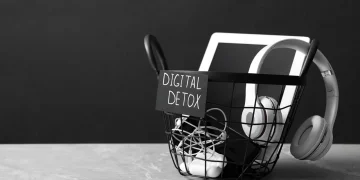



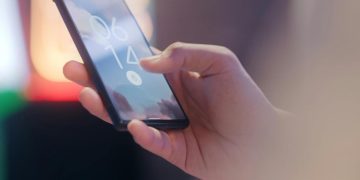

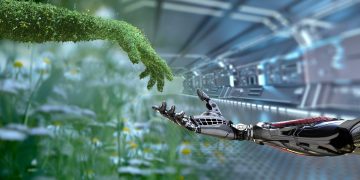



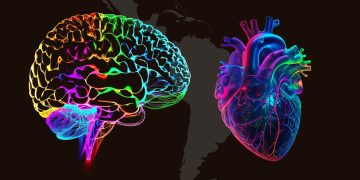

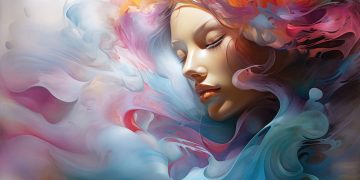
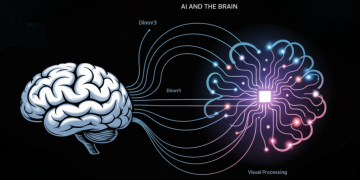

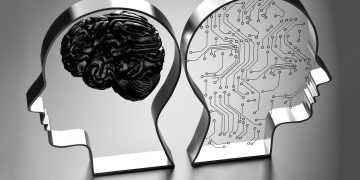
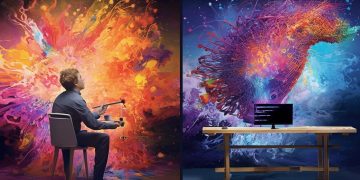
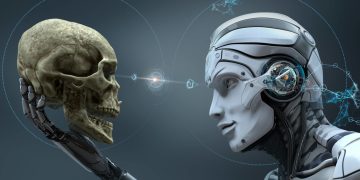
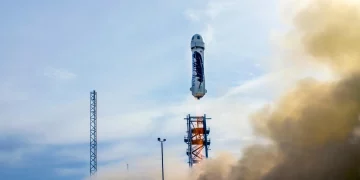
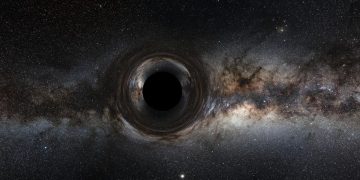



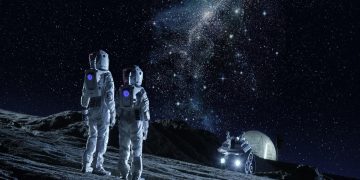
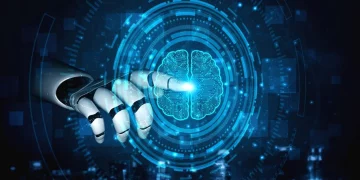
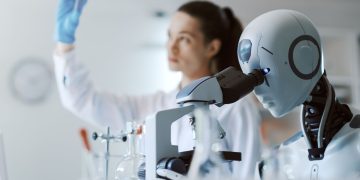
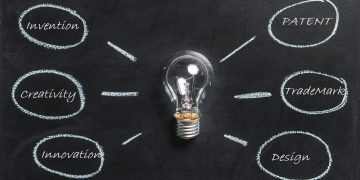

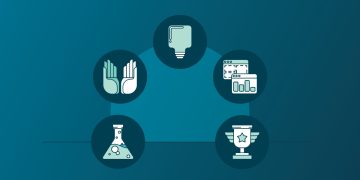

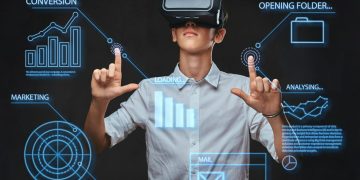


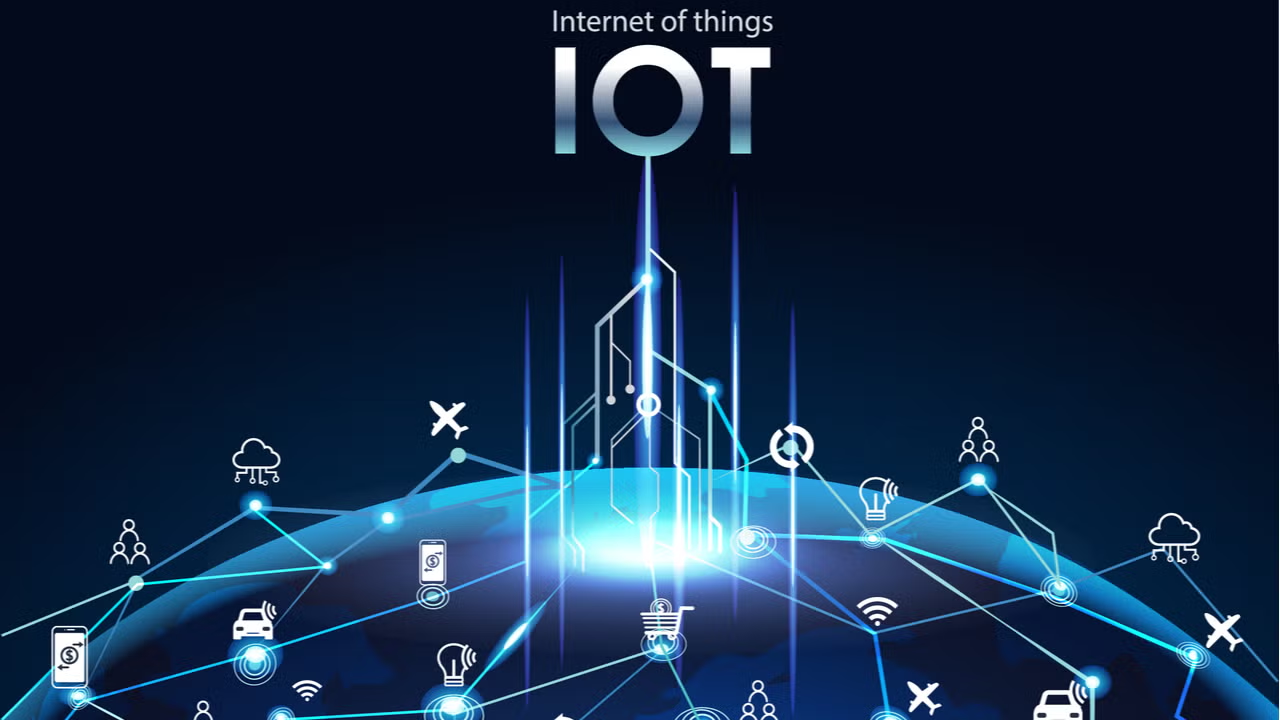
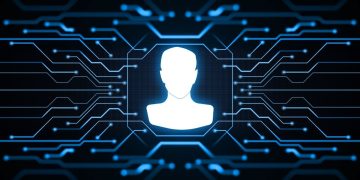
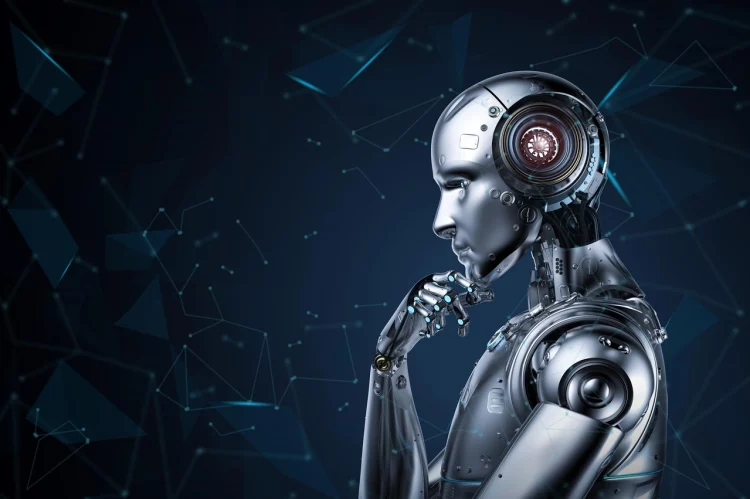











Discussion about this post